Easy Allergy House Cleaning Tips for Success
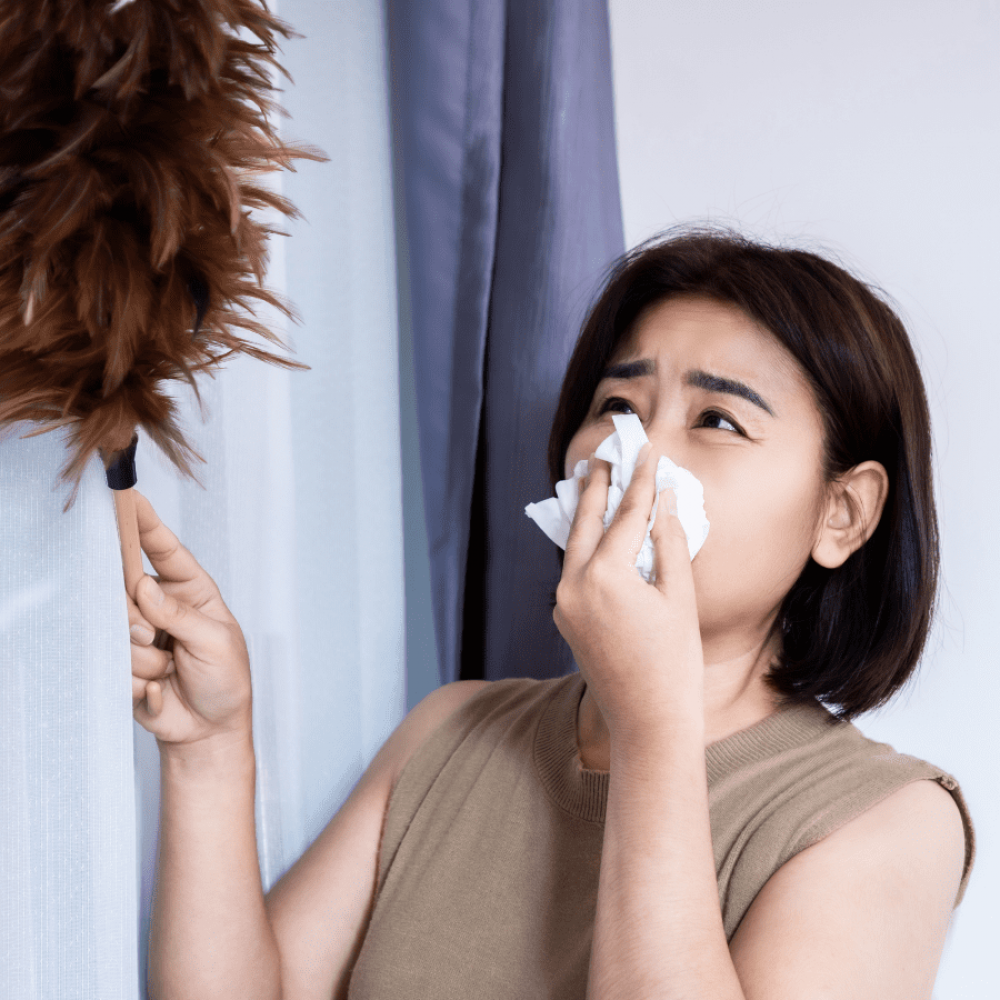
Living with allergies can be tough, especially when you’re constantly bombarded with allergens in your own home. Dust mites, pet dander, pollen, and mold spores are just a few of the common indoor allergens that can trigger symptoms such as sneezing, coughing, watery eyes, and congestion. But fear not, because, with some simple allergy house cleaning strategies, you can create an environment that is more allergy-friendly and provides relief from your symptoms.
In this blog, we will provide you with easy allergy house cleaning tips that can make a big difference in reducing allergens and improving your indoor air quality. From prioritizing regular dusting to using hypoallergenic bedding, we will cover various strategies that you can implement to create an allergen-free abode. So let’s dive in and make your home a haven from allergens!
Top Allergy House Cleaning Strategies for Effective Relief
When it comes to allergen focused house cleaning, there are several strategies that can help you effectively reduce allergens and create a healthier living environment. By incorporating these tips into your cleaning routine, you can enjoy the benefits of cleaner air and fewer allergy symptoms.
1. Prioritize Regular Dusting to Reduce Allergens
One of the key steps in reducing allergens in your home is to prioritize regular dusting. Dust mites, a common indoor allergen, thrive in dust, so it’s important to remove it frequently. Use a microfiber cloth for dusting, as it can effectively trap dust and allergens. Microfiber cloths have small fibers that can capture even the smallest particles, making them ideal for allergy house cleaning. Additionally, using a damp cloth can help capture and remove allergens more efficiently. Be sure to spray or moisten the cloth not the surface, as spraying the surface can often disperse the dust instead of capturing it. Avoid using feather dusters or dry cloths, as they also tend to spread dust and allergens into the air. To further enhance the effectiveness of your dusting routine, consider using natural cleaning solutions instead of those with synthetic fragrances, as some individuals may be sensitive to these chemicals. Check out our other blog on DIY vinegar cleaners for more information on natural cleaning solutions.
2. Opt for Hypoallergenic Bedding in Bedrooms
Investing in hypoallergenic bedding can significantly reduce exposure to dust mites and other allergens in the bedroom. Opt for materials like bamboo, silk, cotton, or tencel, and choose a down alternative for your comforter. Wash sheets and pillowcases regularly in hot water to maintain cleanliness. Consider using dust mite-proof covers for mattresses and pillows for added protection. Cleaning mattresses and pillows regularly will also help reduce allergies in this area. These small changes can make a big difference in creating a more allergy-friendly sleeping environment.
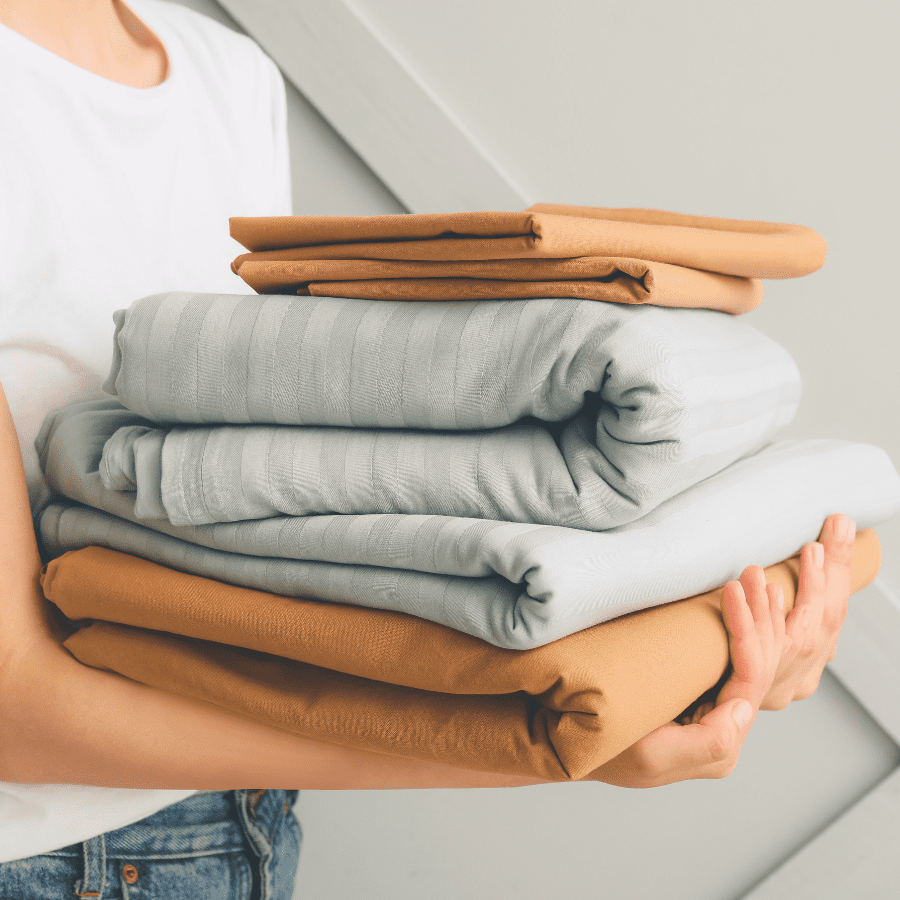
3. Use HEPA Filters in Vacuum Cleaners
HEPA filters in vacuum cleaners are a game-changer for allergy house cleaning. These specialized filters effectively trap dust mites and other allergens, ensuring cleaner air in your home. By using vacuum cleaners with HEPA filters, you can significantly reduce asthma symptoms and watery eyes during allergy season. Make sure to check and replace these filters regularly to maintain optimal indoor air quality. Embracing HEPA filtration in your cleaning routine is a simple yet powerful step towards creating a healthier environment for you and your loved ones.
4. Keep Humidity Levels Low to Prevent Mold
Mold is another common indoor allergen you can work to prevent. In your home, it is crucial to control humidity levels. High humidity creates a breeding ground for mold spores, exacerbating allergies. Use a dehumidifier or air conditioner to maintain indoor humidity below 50%. Fix any leaks promptly and ensure proper ventilation in bathrooms and kitchens. turning on fans in the kitchen and bathroom will help ventilate and prevent water accumulation. Keeping humidity low not only aids in preventing mold but also improves indoor air quality, reducing allergy triggers. Prioritizing this simple step can greatly benefit your health and home environment.
5. Implement No-Shoes Policy Indoors
Implementing a no-shoes policy indoors is a simple yet effective way to reduce allergens in your home. Shoes can track in dust mites, pollen, and other allergy triggers from outside. By leaving shoes at the door, you minimize the spread of these allergens throughout your living space. Encourage family members and guests to follow this practice to maintain cleaner floors and fresher indoor air quality. Making a designated space in your entryway to place you, and your guest’s, shoes creates a cute and helpful zone for allergen reduction. (There are tons of very stylish options for shoe storage online, here are some of the extra special ones I found.) This small change can make a significant difference in minimizing allergy symptoms and maintaining a healthier home environment.
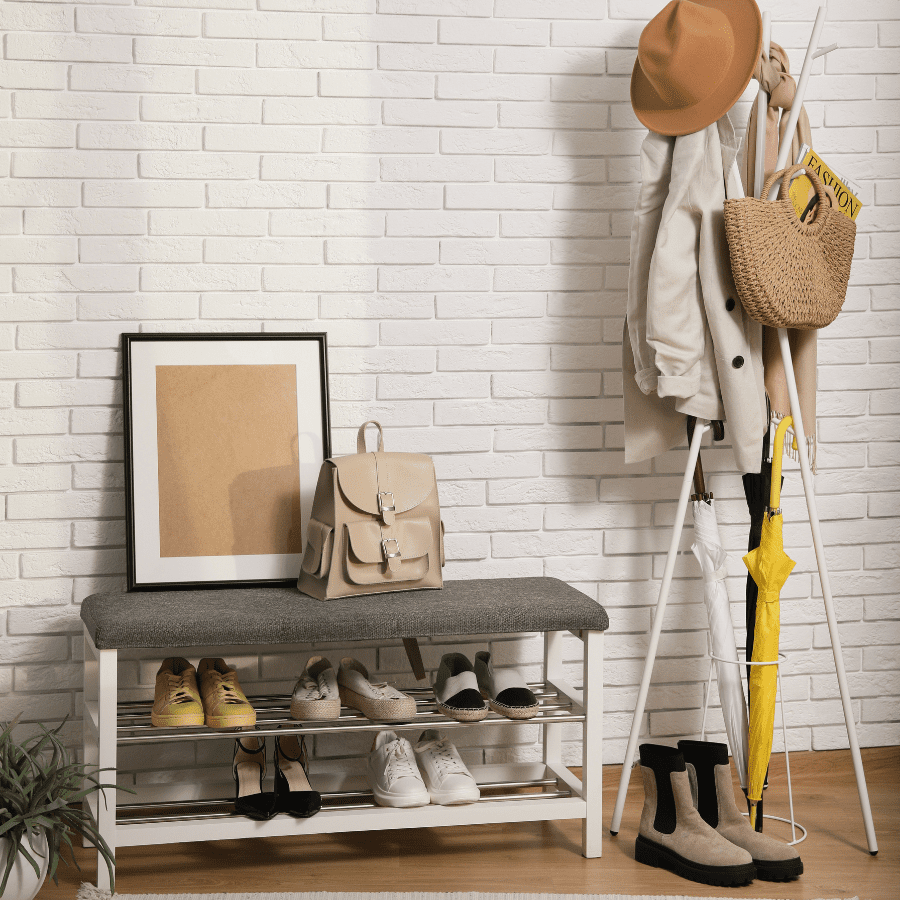
6. Clean and Replace HVAC Filters Regularly
HVAC filters play a crucial role in maintaining clean air quality in your home. Regular cleaning and replacement of these filters are vital to prevent the circulation of dust mites and other allergens. By ensuring your HVAC filters are clean, you can significantly reduce allergy triggers and asthma symptoms. There are many brands and types of filters, be sure to choose one that specifically tackles the allergens you struggle with. Set a reminder to clean or replace your filters at least seasonally for maximum efficiency. This simple step can go a long way in improving your indoor air quality and overall health. Always prioritize this task in your cleaning routine.
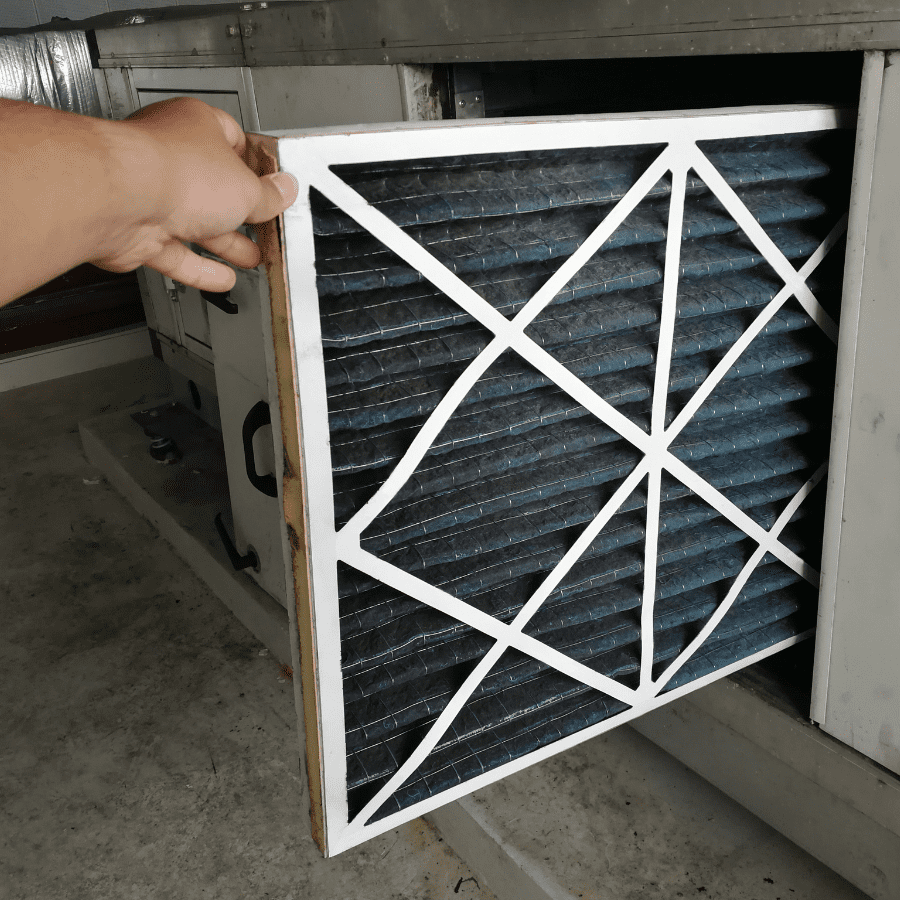
7. Use Microfiber Cloths for Dusting and Cleaning
Microfiber cloths are a game-changer for allergy house cleaning. Their ultra-fine fibers trap dust mites and allergens with ease. Using a damp microfiber cloth helps to capture particles effectively without spreading them around. Unlike traditional cleaning methods that can kick up allergens, microfiber cloths work by attracting dust, leaving surfaces cleaner. They are reusable, eco-friendly, and perfect for people with sensitive skin or allergies. Make sure to wash them regularly in hot water to maintain their effectiveness in keeping your home allergen-free.
8. Deep Clean Carpets and Rugs Quarterly
Deep cleaning carpets and rugs quarterly is essential to remove accumulated dust mites and allergens. Consider wet washing or steam cleaning for deeper sanitization. Many large retailers and grocery stores offer these machines for rent. They are typically very user-friendly and easy to operate. Focus on high-traffic areas and under furniture where dust can hide. This practice significantly improves indoor air quality, reducing allergy triggers and providing a cleaner living environment. Regular deep cleaning of carpets and rugs helps individuals, especially those with serious allergies or sensitive skin, maintain a healthier home.
9. Ensure Pets are Groomed Frequently to Minimize Dander
Regular grooming of pets is crucial to reduce dander levels in your home. Dander, consisting of microscopic flecks of skin shed by animals, is a common allergen that can trigger reactions in sensitive individuals. Grooming your pets frequently helps to minimize the amount of dander they shed, thus improving indoor air quality. Brushing, bathing, and keeping your pets clean can significantly decrease allergens present in your living spaces, making it easier for allergy sufferers to manage their symptoms.
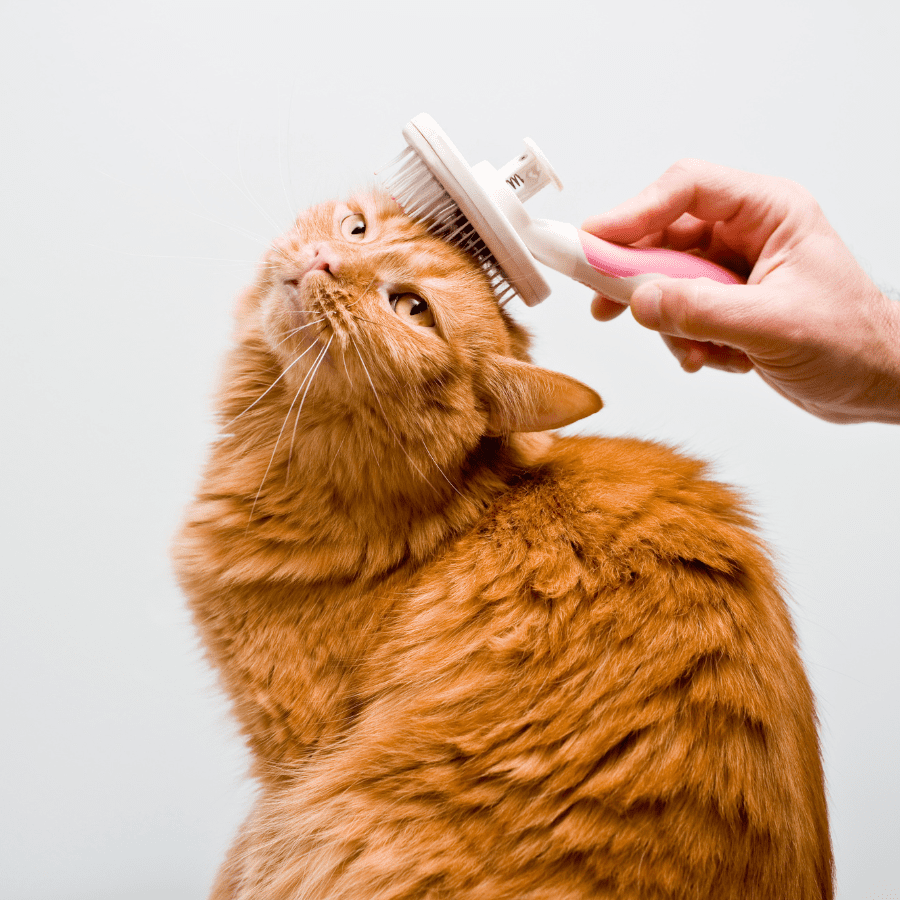
10. Store Seasonal Clothing in Airtight Containers
Consider storing your seasonal clothing in airtight containers to prevent dust mites and other allergens from accumulating. By sealing them away when not in use, you can ensure a clean and allergen-free environment when it’s time to switch out your wardrobe. This simple step can help maintain the freshness of your clothes while reducing potential triggers for allergies, making it a practical and effective strategy for managing allergens in your home.
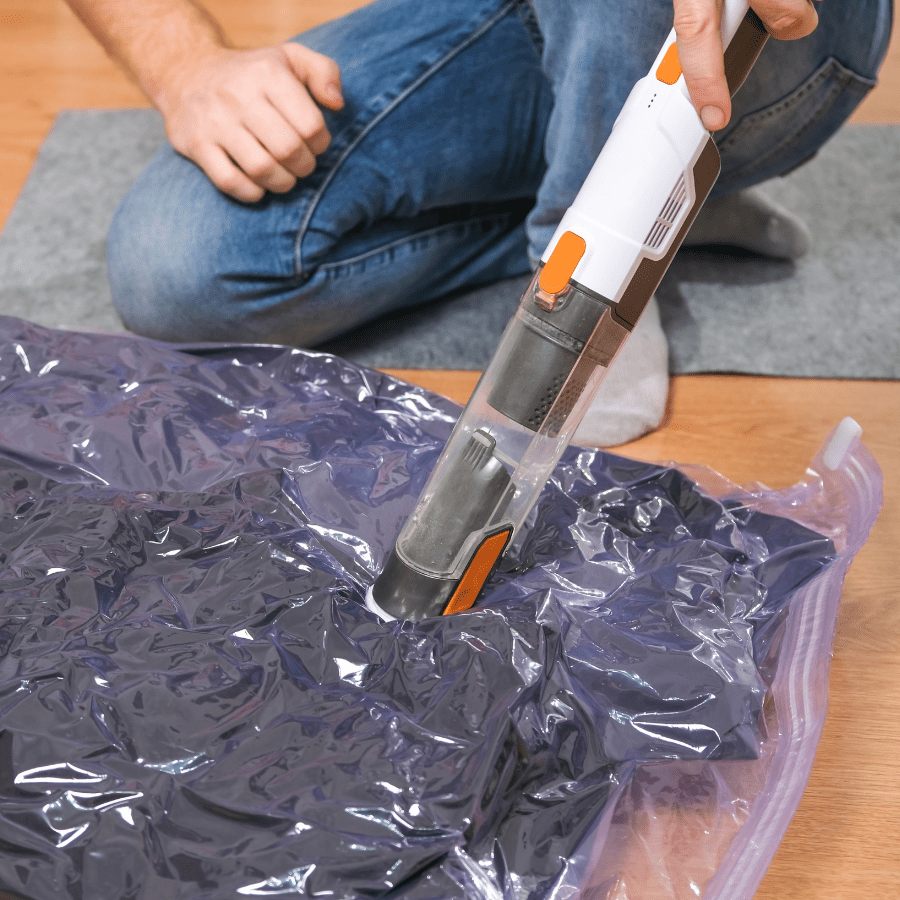
Conclusion
Maintaining an allergy-friendly home is key to effective relief. By implementing simple strategies like regular dusting, using hypoallergenic bedding, and keeping humidity levels low, you can significantly reduce indoor allergens. Additionally, incorporating HEPA filters in your vacuum cleaner and grooming pets frequently can minimize dander. Remember to replace HVAC filters regularly and opt for a no-shoes policy indoors. These practices, combined with deep cleaning carpets and rugs quarterly, will create a healthier living environment for allergy sufferers. Stay proactive in your approach to allergy house cleaning for long-term relief. For extra cleaning help, reach out to Better Life Maids to help you keep up on keeping allergies out!
Frequently Asked Questions
What are the most common indoor allergens?
The most common indoor allergens include dust mites, pet dander, pollen during allergy season, and mold spores. These allergens can trigger symptoms such as sneezing, itching, watery eyes, and respiratory issues, especially in individuals with allergies or asthma.
Can air purifiers help reduce indoor allergens?
Yes, air purifiers can help reduce indoor allergens. Look for air purifiers with HEPA filters, which can capture and remove small particles like dust mites, pollen, pet dander, and mold spores from the air. This can result in cleaner air and fewer allergy triggers in your home.
How can I make my bedroom allergy-proof?
To make your bedroom allergy-proof, you can:
- Use hypoallergenic bedding, including dust-mite-proof mattress and pillow covers.
- Use a HEPA filter in your bedroom to capture airborne allergens.
- Clean surfaces regularly with a damp cloth to remove dust and allergens.
- Keep windows closed during pollen season to prevent outdoor allergens from entering.
Is it better to vacuum or sweep for allergy management?
For allergy management, it is better to vacuum rather than sweep. Vacuum cleaners with HEPA filters are more effective at capturing and removing allergens like dust mites, pet dander, and pollen from your home. Sweeping can often just displace the allergens, leading to them becoming airborne again.
How can I control pet dander in my home?
To control pet dander in your home, groom your pets regularly to remove loose fur and dander. Bathe your pets at least once a week. Use a HEPA filter in your home to capture pet dander and minimize its presence in the air. Keep pets out of bedrooms and other areas where you spend a lot of time.
What are the best practices for laundry to minimize allergens?
To minimize allergens in your laundry:
- Wash your bedding, including sheets and pillowcases, in hot water to kill dust mites and remove allergens.
- Use allergen-free detergent to avoid triggering allergies.
- Wash area rugs regularly to remove dust and allergens.
- Consider using a hypoallergenic laundry detergent if you have sensitive skin.